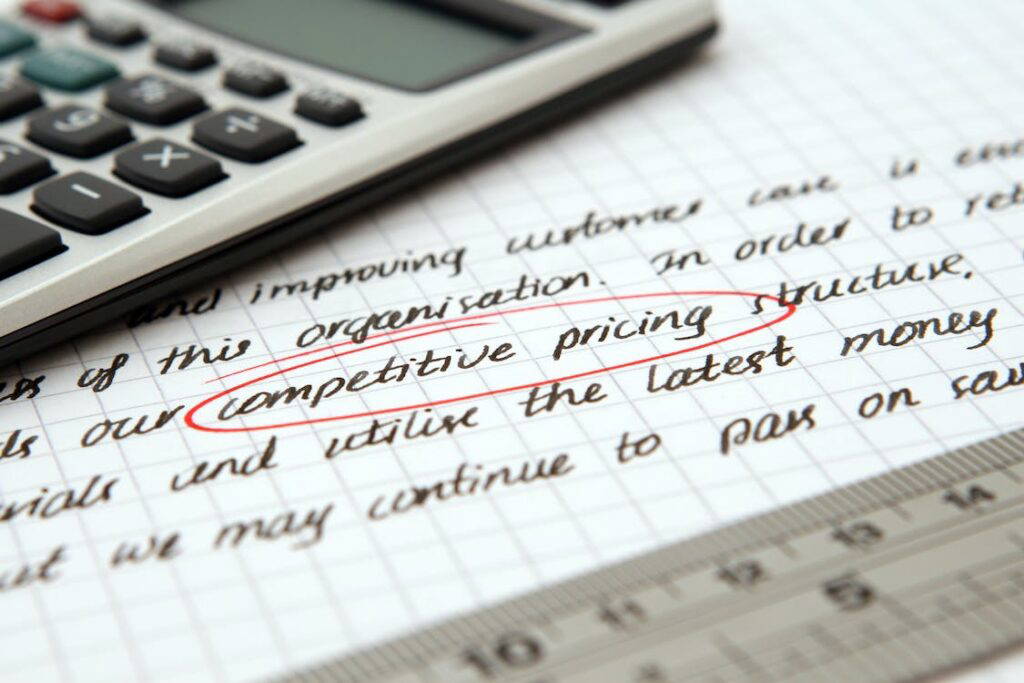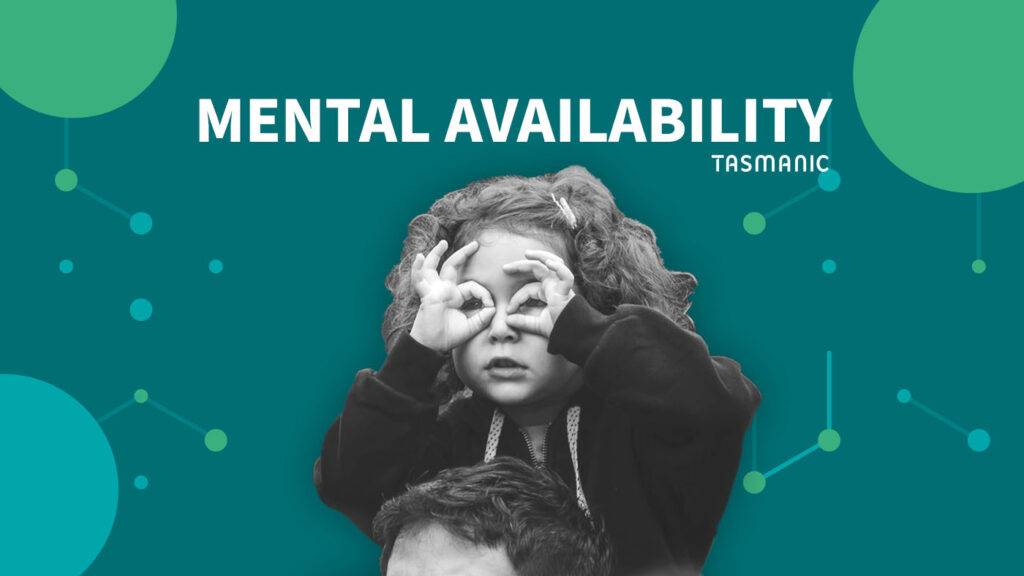
Last updated July 11, 2023
What is mental availability/brand salience?
Marketing science professor Byron Sharp (2011) gives us the following definition for mental availability:
"A brand's mental availability refers to the probability that a buyer will notice, recognize and/or think of a brand in buying situations. It depends on the quality and quantity of memory structures related to the brand."
Freely translated: mental availability represents the probability that a consumer perceives, recognizes and thinks of a brand in a buying situation. This applies both on and offline and also in b2b. Mental availability depends on the quality and quantity of mental structures about the brand in the memory of the consumer or b2b customer.
Byron Sharp put it this way, "Make your brand easier to access in consumer memory in more buying situations and for more consumers."
So, according to Byron, people buy brands not because of distinctiveness but because an emotional response is triggered internally at the right time.
Mental availability is also known as brand salience. Salience is a concept from cognitive psychology and stands for that which is most prominent or striking and attracts attention, such as bright light, loud noise, bright colors and rapid movement. Translated to marketing: people find brands that are quickly mentally available - mentally available - more important and are then more likely to buy them.
Why is mental availability important?
In 2010, Professor Byron Sharp wrote a groundbreaking scientific marketing book, "How Brands Grow. Sharp (what's in a name?) overturned many a sacred house - including Kotler - and its impact still resonates in marketing land. Meanwhile, part 2 is out "How Brands Grow, Part 2. In both books, 2 things play a crucial role in growing a brand: physical availability and mental availability.
Brands largely compete not in terms of differentiation or even product offering, but in terms of mental and physical availability - Byron Sharp
SMEs that want to grow must be aware of what mental availability is and how to increase it among their potential customers. That way, they can win the battle with their competitors. Mental availability goes beyond brand awareness; it includes the likelihood that someone perceives, remembers and recognizes a brand, and thinks about it when it matters.
What is the difference between mental availability and brand awareness?
According to Gustafson and Chabot (2007), brand awareness refers to how well customers and potential customers know your company and your products. As we know from Sharp (2011), mental availability refers to the likelihood that a consumer perceives, recognizes and thinks about a brand in a buying situation.
So the big difference is that brand awareness measures whether someone knows your company and product (brand awareness) and mental availability measures whether that person recognizes your brand and thinks of it in a buying situation (do consumers think of my brand in a buying moment).
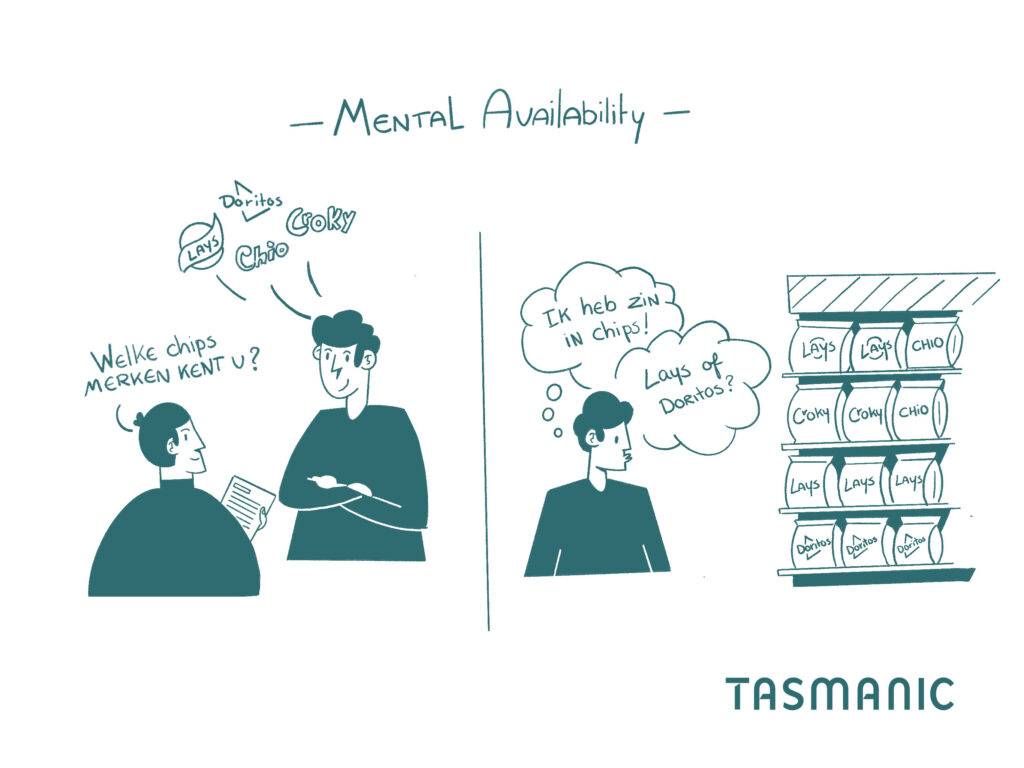
Category entry points
CEPs (category entry points) are reasons that cause a prospect to enter the market and are therefore essential to building mental availability.
What are the context and events or need that make a customer consider a purchase? For example, when choosing a new online marketing agency, this is dissatisfaction with the current SEO bureau. Or consider a French startup that wants to expand in the Netherlands.
How do I find CEPs for my brand?
Romaniuk and Sharp (2015) argue that you can find out relevant CEPs for your brand by answering 5 following questions. Romaniuk and Sharp came up with an example for a champagne company:
- Why. For example, to celebrate a promotion at work
- When. At the start of dinner
- Where. Restaurant
- With whom? With your partner
- With what? Along with fish for dinner
Category entry point example
One of the best-known Dutch examples of a brand that has claimed a category entry point is: 4 o'clock Cup-a-Soup. Let's see how they filled in the 5W's.
- Why. As a pick-me-up at the end of your workday
- When. At 4 p.m.
- Where. At work
- With whom. With your colleagues
- With what? Short break/intermission
Since corona, we have been working from home more and more. This hasn't escaped Cup-a-Soup's marketing department. They have a revamped approach and thus a new 5W's:
- Why. As a pick-me-up at the end of your workday
- When. At 4 p.m.
- Where? Home
- With whom? only
- With what? Short break/intermission
How does mental availability work in B2B marketing?
There is no obvious difference between building mental availability in b2b and b2c. But in b2b-markten, companies are not constantly in the market. For example, when looking for a new marketing agency. In the UK, companies look for a new agency on average once every 5 years and the search for one takes about 3 months on average. Or take IT infrastructure or software that is replaced on average once every 4 years. So how does a supplier make sure it qualifies at that time? So it is crucial precisely in b2b that when customers enter the market, they think of your brand and offerings. That's why these suppliers need to consistently invest in their mental availability all these years anyway.
Increase mental availability
To increase mental availability, it is important to focus on the following:
- Reach potential buyers on an ongoing basis, rather than working on a campaign basis. Potential buyers are likely to google in their buying process. If you are not visible there, you are more than 1-0 behind.
- Create distinctive brand assets (DBAs, distinctive brand assets). Think logo, colors, typography, sound, well-known ambassadors, etc.
- Refresh and renew memories associated with the brand.
- Be consistent in all marketing communications
Resources
Gustafson, T., & Chabot, B. (2007). Brand awareness. Cornell Maple Bulletin, 105(1).
Romaniuk, J. & Sharp, B. (2015). How Brands Grow: Part 2. Oxford University Press Australia
Sharp, B. (2011). Mental availability is not awareness, brand salience is not awareness. https://byronsharp.wordpress.com/2011/03/26/mental-availability-is-not-awareness-brand-salience-is-not-awareness/
Are the results from your online marketing disappointing?
Request our no-obligation performance scan and we'll tell you where you're going wrong.



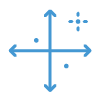











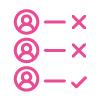
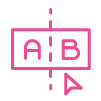
 Team
Team FAQ
FAQ Vacancies
Vacancies Contac
Contac AWR
AWR Ahrefs
Ahrefs Channable
Channable ContentKing
ContentKing Leadinfo
Leadinfo Optmyzr
Optmyzr Qooqie
Qooqie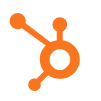 Hubspo
Hubspo Semrush
Semrush



